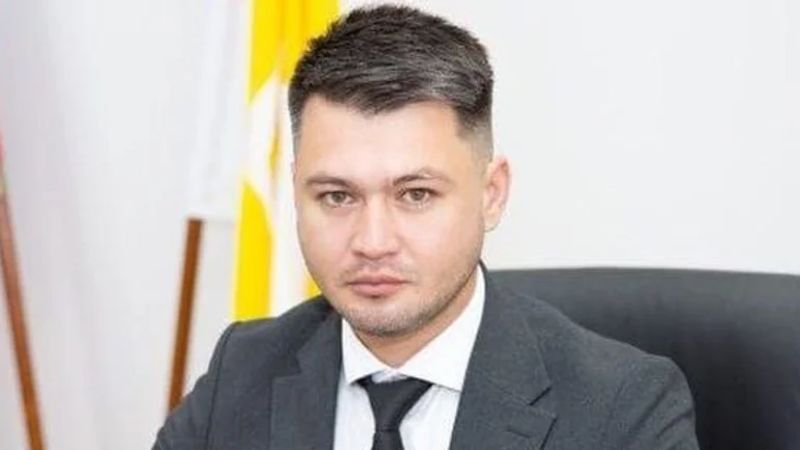Kyiv, Ukraine
CNN
—
A Russian deputy mayor and prominent veteran of Moscow’s war in Ukraine was killed in an explosion in southern Russia early on Thursday, authorities said.
Zaur Aleksandrovich Gurtsiev, who was 34 according to Russian state media, died alongside another man in the blast on a street in Stavropol, which investigators said “committed using a homemade explosive device.”
“As part of the investigation, the scene of the incident is being inspected, examinations are being ordered, and the necessary investigative actions are being carried out to establish all the circumstances of the incident,” Russia’s Investigative Committee said in a Thursday statement.
Video footage circulated online and on state media appears the show the moment of the blast, which occurs just as Gurtsiev meets the other man in a darkened street, near a row of parked cars.
After the blast, the footage seemingly shows Gurtsiev lying on the ground, while the second man is rocked back by the explosion.
The man who died in the explosion in Stavropol along with Gurtsiev rented an apartment in a building near the scene of the incident, emergency services told state media outlet TASS.
Regional governor Vladimir Vladimirov wrote on Telegram that “all versions are being considered, including the organization of a terrorist attack” involving Ukraine.
Gurtsiev had taken part in the “Time of Heroes” program set up by President Vladimir Putin, used to promote veterans of Russia’s war in Ukraine to official positions in the government.
According to the Time of Heroes website, “Gurtsiev, despite his relatively young age, led the air part of the operation to liberate Mariupol.”
“He introduced his developments in the technology of targeting missiles, which allowed them to increase their accuracy and effectiveness many times over, including hitting the Azov supply base.”
Russian forces seized control of the port city of Mariupol in 2022 following a brutal 86-day siege – one of the deadliest and most destructive battles since Moscow launched its full-scale invasion of Ukraine more than three years ago.
According to United Nations estimates, 90% of residential buildings were damaged or destroyed in Mariupol during Russian attacks, and around 350,000 people out of the pre-war population of about 430,000 were forced to flee.
Ukrainian President Volodymyr Zelensky said in an interview earlier this year that 20,000 civilians are believed to have been killed, though the death toll cannot be independently verified. Ukrainian officials accused Moscow of trying to cover up evidence of civilian casualties, a claim the Kremlin denies.
Gurtsiev is the latest in a number of Russian military figures to have been killed inside the country over the past year, a period in which the ramifications of Moscow’s war have increasingly been felt domestically.
Last month Russian authorities charged a “Ukrainian special services agent” with terrorism, after he was detained in connection with a car explosion that killed Russian General Yaroslav Moskalik, the deputy head of the Main Operations Directorate of the General Staff of the Russian Armed Forces.
And in February Armen Sarkisyan, the founder of a pro-Russian militia group in eastern Ukraine – described by authorities in Kyiv as a “criminal mastermind” – died following a bombing in central Moscow. The bombing took place in an upmarket residential complex in the capital city, state media outlet TASS reported at the time.
Correction: This article has been updated to correct Gurtsiev’s age and title.

